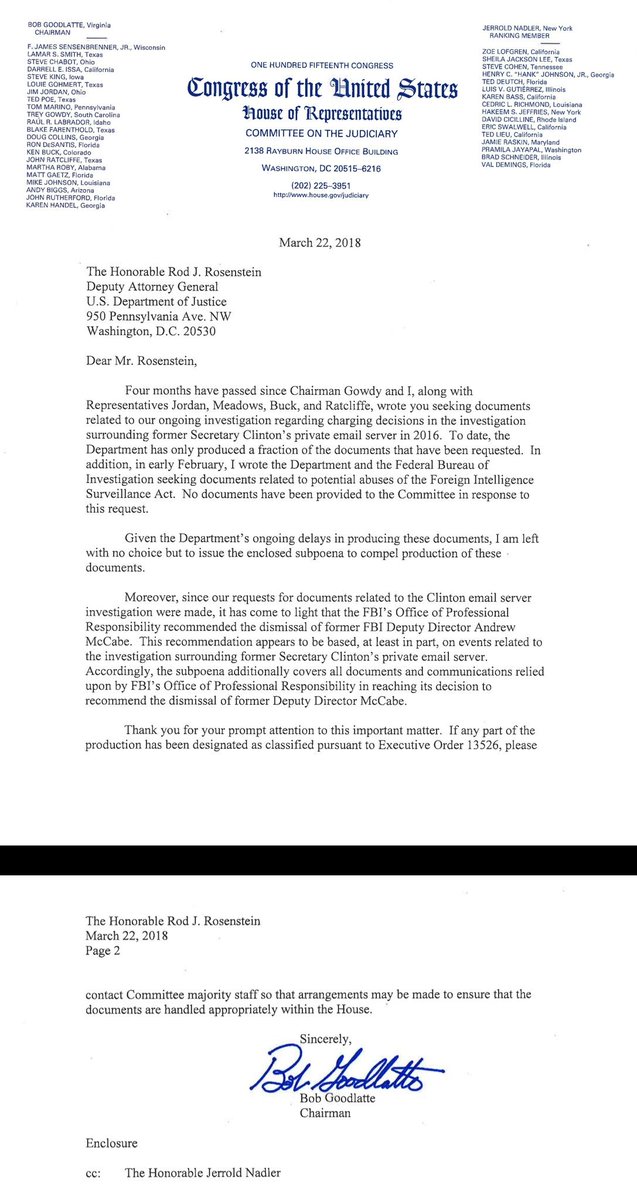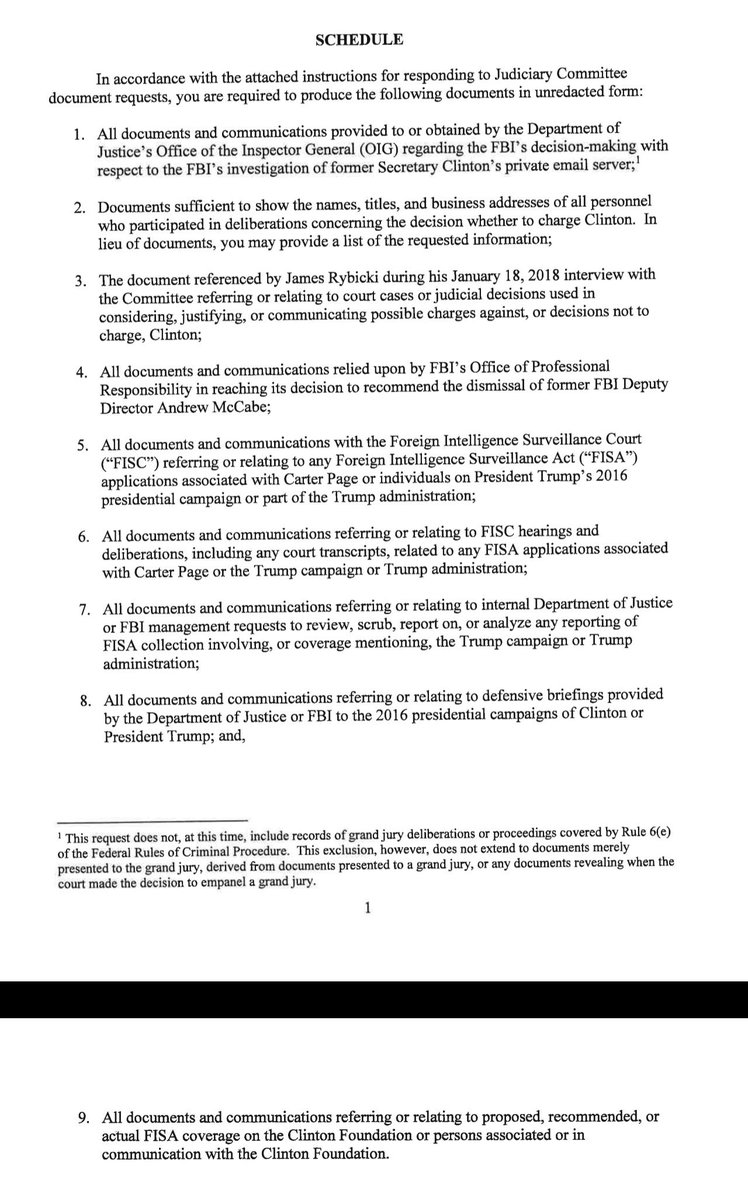ICE arrests 271 across the state of Florida, Puerto Rico, US Virgin Islands
MIAMI – U.S. Immigration and Customs Enforcement’s (ICE) Enforcement and Removal Operations (ERO) officers arrested 271 aliens as part of an enforcement action targeting immigration violators and those who pose a threat to public safety. The enforcement action ran March 18 through 22. ERO officers made the arrests across the state of Florida, Puerto Rico and the U.S. Virgin Islands.
Of those arrested by ICE during the enforcement action, 99 had criminal records that included felony convictions for serious or violent offenses, such as 1st degree murder, attempted murder, vehicular manslaughter, rape, aggravated assault, attempted robbery, battery, burglary, child neglect, cruelty toward a child, domestic violence, drugs charges such as possession and trafficking, weapons offenses, abuse of the elderly. Additional convictions included driving under the influence, fraud, harboring aliens, illegal entry and re-entry to the United States, resisting an officer, traffic offenses, trespassing and workman’s compensation fraud. As part of the action, ERO officers apprehended 49 ICE fugitives and 39 individuals who were previously removed from the U.S., as well as two known gang members and one individual with an Interpol Red Notice.
“ICE continues our commitment to making our communities safer by removing threats to our public safety,” said Marc J. Moore, field office director for the ERO Miami Field Office, which oversees all of Florida, Puerto Rico and the U.S. Virgin Islands. “Communities across Florida and Puerto Rico are safer today because of the hard work of the men and women of ERO.During the operation, ERO was supported by ICE’s Homeland Security Investigations (HSI), U.S. Customs and Border Protection and other federal and local law enforcement agencies, including the Department of State’s Diplomatic Security Service.
Arrests took place in 23 Florida counties, including 76 in Miami Dade, 65 in Broward, 27 in Duval, 17 in Palm Beach, 14 in Hillsborough, 10 in Orange, seven in Seminole, five in Manatee, five in Lee, four in Pinellas, four in Brevard, three in Polk, three in Indian River, two in Volusia, two in Bay, two in Martin, one in Escambia, one in Gadsden, one in Lake, one in Osceola, one in Sarasota, one in St. Lucie, one in Suwannee, 11 in Puerto Rico, and seven in the U.S. Virgin Islands.
Arrest examples include:
On March 19, ERO officers arrested a Cuban citizen in Miami Dade. In 2014, the subject was convicted of attempted murder. The subject is currently pending a removal hearing by an immigration judge.
On March 20, ERO officers arrested a Mexican citizen in Pompano Beach. The subject was previously convicted of child exploitation charges in 2013. The subject is currently pending removal.
March 20, ERO officers from the Tampa office arrested a Haitian national and Bloods gang member in New York. He has multiple criminal convictions, including: burglary, patronized prostitution, possession of marijuana, meth and cocaine, criminal possession of a weapon, and rape in the first degree. He was designated as a registered sex offender for life and served five years in prison for rape.
Those arrested represented 36 countries throughout the world, including: Afghanistan, Albania, Angola, Anguilla, Bahamas, Bosnia, Brazil, Burma, Cambodia, Chile, Canada, China, Colombia, Costa Rica, Cuba, Dominica, Dominican Republic, Ecuador, El Salvador, Guatemala, Guyana, Haiti, Honduras, Hungary, Israel, Jamaica, Kuwait, Mexico, Nicaragua, Panama, Peru, Philippines, Poland, Spain, Turkey, and United Kingdom.
Arrested individuals who have outstanding orders of deportation, or who returned to the United States illegally after being deported, are subject to immediate removal from the country. The remaining individuals are in ICE custody awaiting a hearing before an immigration judge, or pending travel arrangements for removal.
All the targeted individuals in this operation were amenable to arrest and removal under the Immigration and Nationality Act.
ICE deportation officers carry out targeted enforcement operations daily nationwide as part of the agency’s ongoing efforts to protect the nation, uphold public safety, and protect the integrity of our immigration laws and border controls. These operations involve existing and established Fugitive Operations Teams.
During the targeted enforcement operations, ICE officers frequently encounter other aliens illegally present in the United States. They are evaluated on a case-by-case basis, and, when appropriate, they are arrested by ICE officers.







